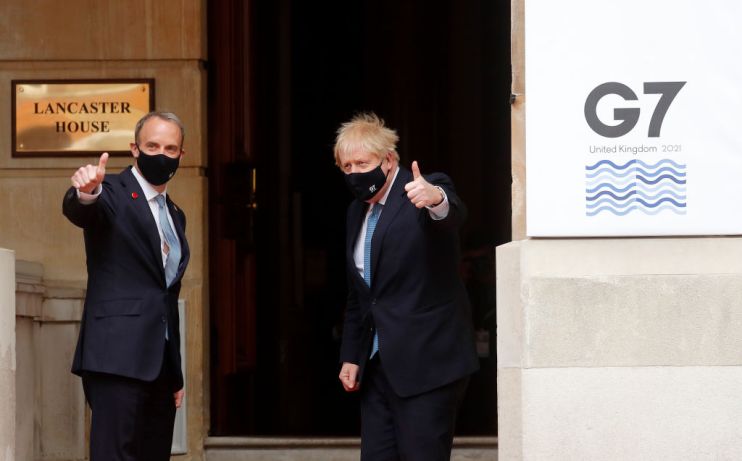Global climate change stimulus could fuel a green investment bubble

Hundreds of years of history shows us that investment bubbles are a regular feature of the financial markets. For as long as humans have been trading investments, there have been periods of time when the prices of assets have become disconnected from their underlying value. Although bubbles typically are identified after they have popped, there is a well-trodden and identifiable path to help us predict them. The conditions appear ripe for the latest investment bubble – the green industry.
Investment bubbles often form following extremely stimulative policies enacted in the wake of global recessions. They are born of easy money, grow on speculation and fuelled by a strong fundamental theme and high investor confidence. They become disconnected from their intrinsic value and as money tightens, they collapse.
Easy money has been plentiful thanks to record-breaking fiscal and monetary stimulus across the world. Private sector investors are on the hunt for investments and the return of corporate share buybacks. And there is a high degree of investor confidence that there will be a continued agenda to tackle climate change.
In the past, this has been 1980s Japanese real estate, 1990s tech stocks and home prices in the 2000s. Bubbles also often include infrastructure: e.g. railroads in the early 1900s, and internet companies in the late twentieth century.
The massive infrastructure spending plans from US President Joe Biden, the ambitious “Green Deal” by the EU, Boris Johnson’s ten point plan and China’s proposal to clean up production to boost its economic growth, are all set to be deployed in the years ahead.
Alternative energy and other green stocks are in pole position to benefit from energy legislation and initiatives proposed globally. There are major shifts occurring, all of which are supported by substantial funding plans. In the US, they are modernising the electrical infrastructure. China, the world’s biggest car market, is shifting towards zero-emission vehicles. In Europe, energy intensive industries such as steel, chemicals and cement manufacturing are all undergoing transformations.
There is also a risk of inflation. The lead up to last year’s U.S. elections saw alternative energy stocks outperform traditional energy stocks by roughly 100 per cent. Europe’s Green Deal and Biden’s emphasis on climate initiatives during the presidential election gave these stocks a boost.
But, that performance gap has narrowed sharply this year as oil prices moved up from $45 to $65 per barrel, supporting traditional energy stocks. Some green high-flying growth stocks pulled back as interest rates jumped. What unfolded appears to have been a classic case of “buy the rumour, sell the news.”
Green stocks now appear to have given up last year’s gains and the recovery and stimulus driven gains in oil prices and interest rates appears to be moderating. This could mean it may be time for “green” stocks to begin to inflate again as progress is made on the Biden infrastructure plan and Europe gets closer to deploying its green funding initiatives.
Historically, investment bubbles are normally concentrated in just one sector or country, for example tech stocks in the US. What is unusual about a green bubble is the industry has incredible reaches, spanning almost every sector and market.
Green stocks go beyond alternative energy companies: it also includes traditional sectors like industrial machinery, electric utilities, semiconductors, electrical equipment etc. Listed companies in green infrastructure also come from many developed and emerging market countries. 72 per cent of the S&P Global Clean Energy Index is composed of non-U.S. companies.
The remaining unknown is whether green stocks and industries will become disconnected from their inherent value. But the conditions appear to be there for a bubble to form, and burst. The implications would be far-reaching. While further inflation could help sustain stocks’ high valuations or propel them even higher, it is also possible that the momentum behind the initiatives slows down and the bubble fizzes away.
Bubbles are notoriously hard to pinpoint in real time. But investors should keep a close eye on the conditions that create them as global leaders storm ahead to decarbonise their economies.